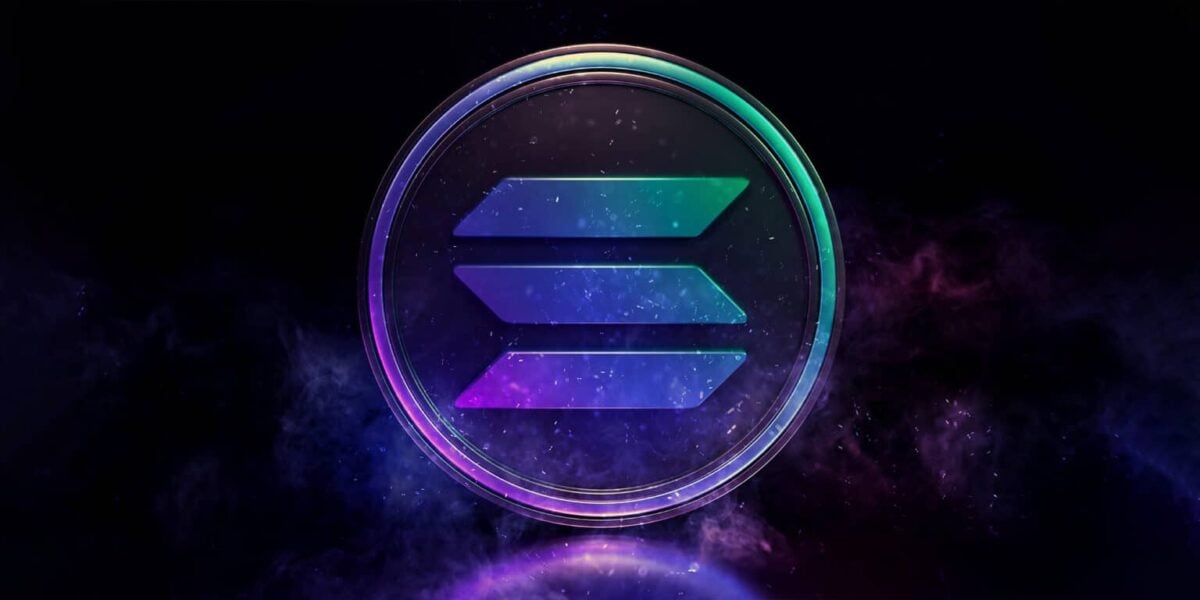TLDR
- Solana’s settlement speed improvement makes it attractive to institutional traders.
- Solana holds 4.7% of the stablecoin market, with $13.9B in value.
- Ethereum dominates with 59% market share in stablecoins and tokenization.
- Bitwise’s Solana ETF decision will be finalized by the SEC on October 16.
A top executive from Bitwise has made a bold prediction, suggesting that Solana could soon become Wall Street’s go-to network for stablecoins and tokenized assets. Matt Hougan, Chief Investment Officer at Bitwise, believes that the speed and efficiency of Solana’s blockchain make it a compelling choice for institutional investors, especially in the growing markets for stablecoins and real-world asset tokenization. This statement comes despite Ethereum’s current dominance in the sector.
Solana’s Speed and Finality Appeal to Institutional Investors
Matt Hougan emphasized the importance of Solana’s transaction speed and finality as key factors driving Wall Street’s interest in the network. He explained that traditional financial institutions, which value quick transaction settlement, are increasingly turning to blockchain solutions for stablecoins and asset tokenization. “The speed, the throughput, the finality of Solana makes it seem extraordinarily attractive,” Hougan remarked during a conversation with Akshay Rajan from Solana Labs.
Solana’s recent improvement in settlement speed—from 400 microseconds to 150 microseconds—was highlighted as an essential feature for institutional traders. According to Hougan, such fast processing aligns with the rapid pace at which institutional investors typically operate. He noted that this makes Solana stand out, even as Ethereum remains dominant in the broader blockchain market.
Solana’s Market Share in Stablecoins Compared to Ethereum
Despite the optimism surrounding Solana’s potential, its market share in the stablecoin space is still a fraction of Ethereum’s. Solana currently holds 4.7% of the stablecoin market with $13.9 billion in on-chain stablecoin value, according to data from RWA.xyz. In contrast, Ethereum controls a substantial 59% of the market, with $172.5 billion in stablecoins on its mainnet. This number jumps to 65% when Ethereum’s layer-2 networks, like Arbitrum, Base, and Polygon, are included in the calculation.
While Solana’s stablecoin market share lags behind Ethereum, Hougan remains confident that the network’s speed and efficiency will eventually make it the preferred choice for institutional investors. He believes that the potential for Solana to serve as a foundation for real-world asset tokenization will play a critical role in its rise on Wall Street.
Bitwise’s Investment Strategy and Focus on Solana
Bitwise, known for its focus on digital asset management, has been vocal in its support for Solana in recent months. CEO Hunter Horsley previously spoke about the advantages Solana holds over Ethereum, particularly in the context of staking exchange-traded funds (ETFs). Horsley pointed out that Solana’s faster unstaking period is more suited to institutional investors who require short turnaround times for asset returns.
Bitwise has also made moves to provide investors with exposure to Solana through its Bitwise Physical Solana ETP. The fund offers a physically backed structure with institutional-grade custody. However, the interest in Solana-based ETFs has been relatively low compared to Bitcoin or Ether-based products, with the Bitwise Physical Solana ETP holding only $30 million in assets under management.
Bitwise also has a spot Solana ETF application pending approval from the U.S. Securities and Exchange Commission (SEC). A decision on the application is expected by October 16, 2025, and could be a significant step toward increasing institutional adoption of Solana.
The Future Outlook for Solana and Wall Street Adoption
While Solana’s current market position is smaller than Ethereum’s, its design and performance have caught the attention of key players in traditional finance. The network’s growing presence in the stablecoin market and potential for tokenizing real-world assets suggest that it could play a larger role in the future of blockchain-based finance.
As institutional investors continue to explore blockchain solutions, Solana’s speed and scalability may give it an edge in meeting the needs of high-frequency trading environments. If Solana’s market share continues to grow and the SEC approves the spot Solana ETF, the network may soon become a central player in Wall Street’s digital asset strategies.






